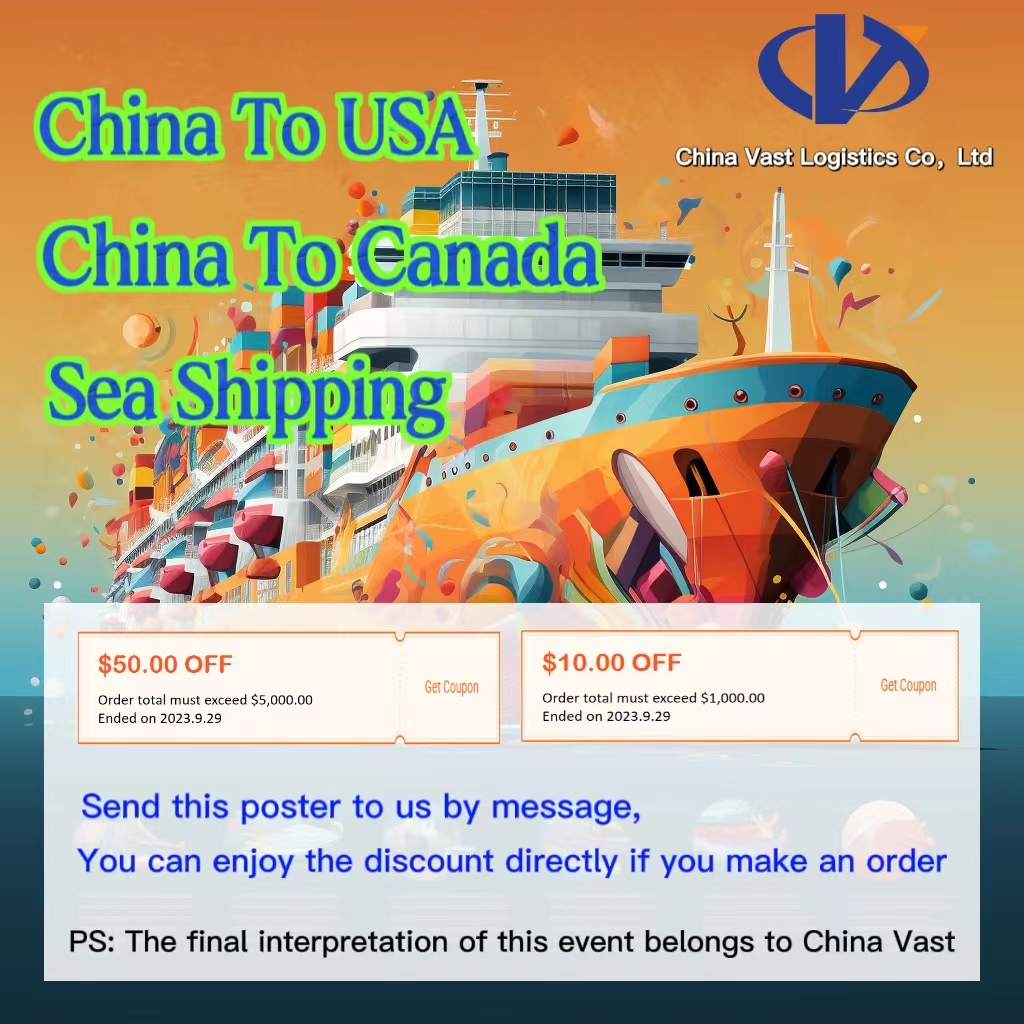According to a report by Reuters, U.S. President Donald Trump announced on Friday his decision to reinstate the “de minimis” exemption for Chinese small parcels valued under $800. This move aims to provide the U.S. Department of Commerce with sufficient time to ensure the smooth implementation of the policy. The sudden policy shift had previously caused significant disruptions for customs inspectors, postal and courier services, as well as online retailers. Meanwhile, the 10% tariff increase remains in effect, posing continued cost challenges for cross-border e-commerce businesses.

1. Trump Restores the $800 Duty-Free Policy
According to a press release from the White House, Trump issued an executive order stating that the duty-free policy for small parcels from China will remain in place until “an adequate system is established to fully and efficiently handle tariff revenues.” However, he did not specify the duration of this order.
Niall van de Wouw, Chief Airfreight Officer at freight pricing platform Xeneta, noted that Temu and Shein transport approximately 9,000 metric tons of goods globally every day, equivalent to 88 fully loaded Boeing 777 cargo planes. Given this massive airfreight volume, he stated that the delay in fully implementing the executive order is unsurprising.
Insiders revealed that on Thursday, U.S. Customs and Border Protection (CBP) held a meeting with logistics professionals to discuss the backlog of over one million parcels at John F. Kennedy Airport. A logistics executive confirmed that customs authorities have started releasing parcels that were previously held at JFK Airport, which handles approximately 60 million “de minimis” e-commerce packages annually.
2. Logistics Providers May Revoke Additional Charges
On February 1, President Trump signed an executive order imposing a 10% tariff on goods imported from China while also eliminating the “de minimis” exemption for small parcels. Many international media outlets reported that the influx of low-value goods from China was the primary reason for the policy change. U.S. media sources noted that a significant portion of these parcels, including apparel, accessories, 3C digital products, and home goods, are typically valued under $800, with about 70% of textiles and clothing falling into this category.
Statistics indicate that over 10% of goods exported from China to the U.S. took advantage of the $800 duty-free threshold to avoid tariffs. Data from CBP shows that over the past decade, the number of shipments applying for “de minimis” tariff exemptions has surged from approximately 139 million in fiscal year 2015 to over 1 billion in fiscal year 2023—an increase of more than 600%. In fiscal year 2024, this figure is expected to rise further to over 1.36 billion shipments.
Under the previous exemption policy, goods valued under $800 could be imported duty-free, significantly benefiting Chinese cross-border e-commerce businesses. This allowed sellers to offer lower prices to U.S. consumers. However, Trump’s new policy shift may once again increase costs for sellers, logistics providers, and e-commerce platforms.


